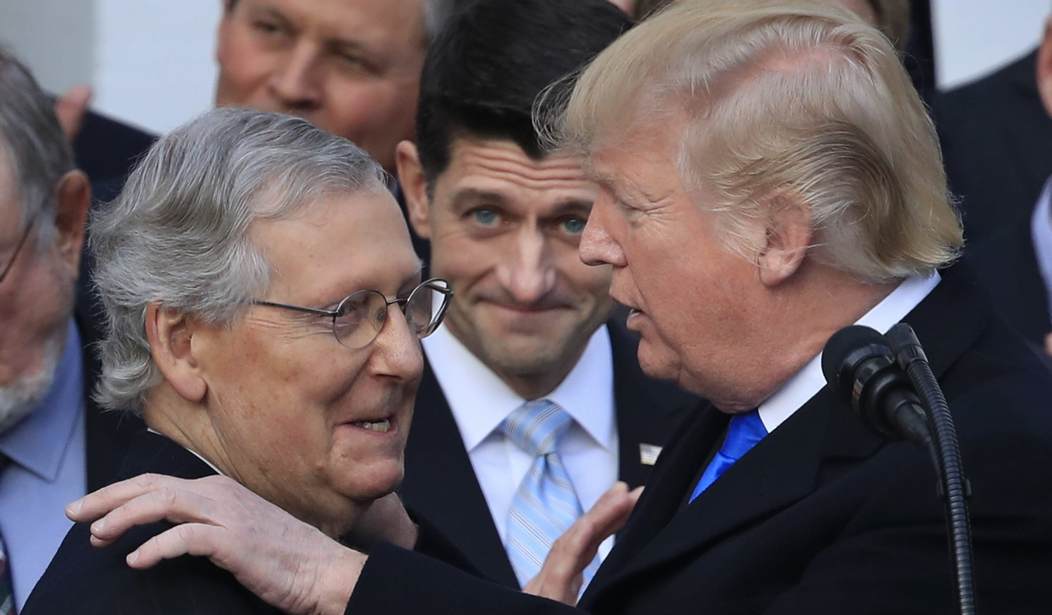Two years ago, Donald Trump signed the Tax Cut and Jobs Act into law. According to the U.S. Bureau of Labor Statistics, who just released their state-level jobs report for November, the 27 states with the lowest taxes are “significantly outperforming” high-tax states.
From December 2017 to November 2019, the low tax states added nonfarm payrolls at a rate 93.8% greater than the high tax states. Nonfarm jobs include those in the government sector. Limiting the scope of job growth to the private sector, where small business owners’ decisions on when and where to grow their businesses are directed affected by the tax code, shows and even larger job creation advantage for the low tax states, with a 97.9% higher rate of job growth in the past 23 months. Capital-intensive manufacturing shows an even larger disparity, with the rate of manufacturing jobs growing 3.3% in the low tax states compared to 1.3% in the high tax states, a massive 151% disparity in favor of the low tax states. In the past 12 months, the difference in manufacturing job growth is an astounding 1,209% advantage in favor of the low tax states. This may be because manufacturing facilities take longer to get up and running than do other sectors such as retail, with the effect of the tax cut being slower to manifest in this sector.
Essentially, the tax cut “profoundly affected the economy, extending and strengthening the expansion, and reordering incentives to invest at the state level.”
The tax cuts capped deductions for state and local taxes at $10,000, benefiting low-tax states and penalizing states that continued to maintain ruinously high tax levels. So congressmen from high-tax states and most other House Democrats just passed a measure that would remove the cap. This would not only benefit their richest residents but would also add $80 billion to the deficit.
There are two prominent arguments in favor of the $10,000 SALT cap. First, the federal tax code shouldn’t encourage states and localities to levy high taxes, knowing a significant share of them would be subsidized by federal policy. And second, the vast majority of the approximately $80 billion a year in federal taxes raised due to the SALT cap would accrue to high-income households—meaning that if we lift the cap, high-earners would benefit the most.
The SALT caps were originally put in place as part of a deal to try to make the tax bill as revenue-neutral as possible. Of course, it never came close to that. Other benefits like job growth distract us from the reality that the federal budget has become totally unhinged under Trump. We will now have trillion-dollar deficits as far out as the government can calculate.
But the answer isn’t raising taxes, but rather cutting spending. And Democrats did just that.
Democrats would make up the $184.5 billion drain in federal revenues over the coming decade by increasing the top marginal tax rate for individuals from 37 percent to 39.6 percent — the same level that existed before the GOP tax overhaul. That rate would be permanent, while the SALT cap would return in 2022 under the bill.
Did you ever hear of a “temporary tax cut”? Me neither. The deductions will stay.
Overall, aside from ballooning the federal deficit, the macro-economic effects of the tax cuts have been generally positive. Now, if only Republicans could come up with a way to cut the deficit, they might win back some of the voters who left the party in disgust.










Join the conversation as a VIP Member